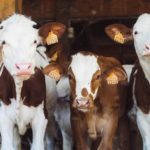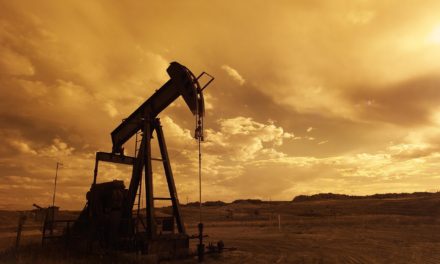In breaking news for Kaua’i, companies Ulupono Initiative and Hawai’i Dairy Farms (“HDF”) will not be moving forward with their plans to construct a concentrated animal feeding operation (“CAFO”) in Hawaii’s Maha’ulepu Valley. On an island such as Hawaii, providing sustainable and affordable local alternatives while also making sure these operations don’t impact the local residents is extremely important.
Dr. Kilpatrick, director of Greenfield Advisors, provided evaluations to address concerns with the CAFO and value implications for property owners. Dr. Kilpatrick inspected this area twice, in 2008 and 2016, spoke at the community center, met with several public officials, and met with numerous local property owners. It is his professional determination that “Properties downwind of this proposed facility, and particularly properties between the facility and the shoreline, will be diminished in value by 50% or more.” On top of that, the remainder of the island would also feel negative impacts.
Based on the details that HDF provided, Greenfield calculated that the CAFO  would produce over 35,000 tons of manure per year, which would automatically place it in the largest category of CAFO’s, and therefore be considered a known pollution problem. Often with environmental concerns it’s difficult to understand the impact without understanding a dollar amount, and that’s where Greenfield comes in. With 40 years of experience in deciphering valuation issues in environmental economics and land valuation, it was clear that this proposed CAFO did not present any benefits to the local economy, and would impose severe economic and environmental costs on the entire community. Greenfield’s research shows that CAFOs are more likely to bypass local retailers and import the factors of production, making the economic growth rate of the community smaller. At the individual residential appraisal level they are also viewed as negative externalities and therefore diminish the property value of nearby residences.
would produce over 35,000 tons of manure per year, which would automatically place it in the largest category of CAFO’s, and therefore be considered a known pollution problem. Often with environmental concerns it’s difficult to understand the impact without understanding a dollar amount, and that’s where Greenfield comes in. With 40 years of experience in deciphering valuation issues in environmental economics and land valuation, it was clear that this proposed CAFO did not present any benefits to the local economy, and would impose severe economic and environmental costs on the entire community. Greenfield’s research shows that CAFOs are more likely to bypass local retailers and import the factors of production, making the economic growth rate of the community smaller. At the individual residential appraisal level they are also viewed as negative externalities and therefore diminish the property value of nearby residences.
In 2012 Kuethe and Keeney[1] found that the negative impacts of animal feeding operations are comparable to those generated by industrial waste, solid waste, and septic waste facilities. The Union of Concerned Scientists have also weighed in on the negative local impacts, “Confined animal feeding operations damage our air, water, and the rural communities they inhabit. And when we count the costs of this damage, it turns out we can’t afford to produce.” As noted by a University of Hawaii Agriculture specialist, the key with farming is to recognize that while the plan may sound good, you can’t create an environment. Rather, you have to make sure the plan fits the environment.
Thank you Friends of Maha’ulepu for all your hard work on making sure this plan fit your needs! We’re proud to have been a part of this research and provide our input on the economic impacts.
[1] Kuethe, Todd & Keeney, Roman. (2012). Environmental Externalities and Residential Property Values: Externalized Costs along the House Price Distribution. Land Economics. 88. 10.3368/le.88.2.241.






Recent Comments